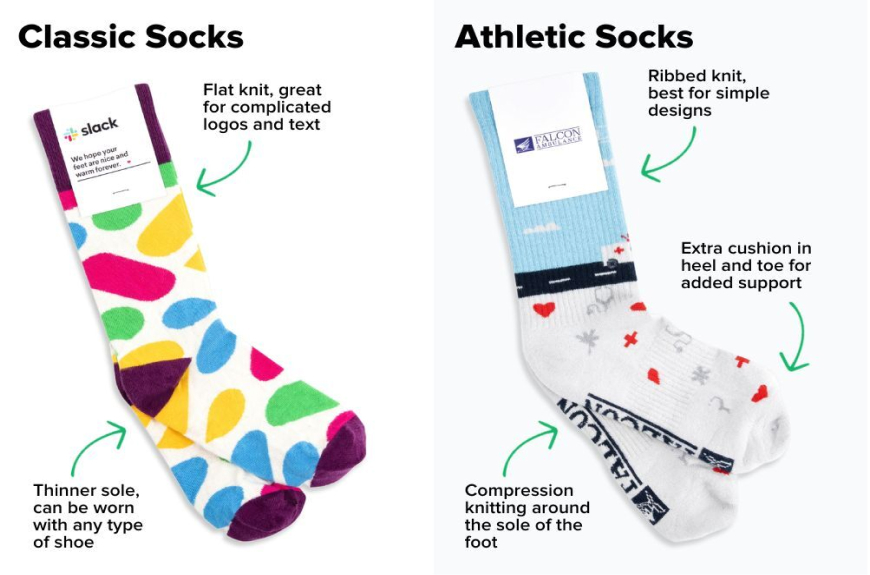Running is tough on your feet, and having the right socks can make all the difference between an enjoyable run and a miserable one. While many runners obsess over finding the perfect shoes, choosing the right running socks is equally crucial for comfort and performance.
Material Matters
When it comes to running socks, material is everything. Cotton is your worst enemy - it retains moisture and leads to blisters. Instead, opt for synthetic materials like polyester, nylon, or merino wool. These moisture-wicking fabrics keep your feet dry and comfortable, even during long-distance runs. Top athletic sock manufacturers have perfected their fabric blends to provide optimal performance.
The Right Fit
A proper fit is non-negotiable for running socks. They should hug your feet without being too tight or too loose. Look for socks with targeted compression zones and anatomical designs that match the shape of your left and right feet. Expert runners recommend socks with extra cushioning in high-impact areas like the heel and ball of the foot.
Height Considerations
The height of your running socks isn't just about style - it serves a practical purpose. No-show socks work well for summer runs, while crew-length socks offer additional protection during trail running. Custom athletic socks come in various heights to suit different running conditions and personal preferences.
Seasonal Selection
Your sock needs change with the seasons. Lightweight, breathable socks are perfect for summer running, while merino wool blends provide warmth without overheating in winter. Professional gear reviews suggest having different socks for different weather conditions to maintain optimal comfort year-round.
Wrapping Up
Investing in quality running socks is just as important as choosing the right running shoes. The perfect pair will prevent blisters, manage moisture, and provide the comfort you need to focus on your run rather than your feet. Remember to replace your running socks regularly, as worn-out socks lose their protective properties and can lead to discomfort and injury.


